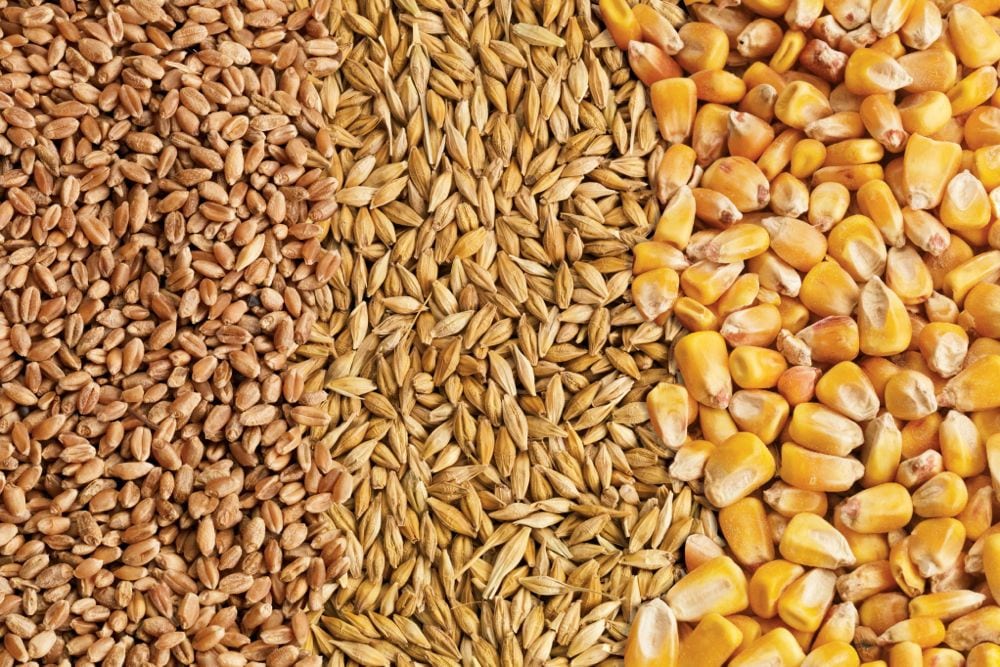Focusing on the talents of its people, and avoiding the temptation to pick winning and losing industries, will go a long way toward assuring Western Canada’s economic competitiveness, a new study suggests.
Canada’s western premiers on Tuesday released Playing for Keeps: Boosting Western Canada’s Economic Competitiveness in the Post-Recession World, a study the Saskatchewan government commissioned last year from the Canada West Foundation in its role as chair of the 2008 Western Premiers’ Conference.
The premiers, who last met in June this year in Dawson City, described the study as a “useful tool for western jurisdictions to assess and use in their efforts to improve economic competitiveness and regional collaboration.”
Read Also

Feed Grains Weekly: Good export demand pushing up domestic prices
Prices for feed barley and wheat have been trending higher lately, said analyst Jerry Klassen of Resilient Capital in Winnipeg.
The Calgary-based CWF’s study urges governments to “not succumb to the temptation to pick winners, but instead (to) greatly increase the availability of venture capital in the region by providing the private sector with a pan-Western fund managed by an arms-length private sector firm dedicated to inexpensive financing for start-ups and commercialization ventures.”
It also urges governments to boost their incentives for private-sector R+D (research and development) spending, regardless of the sector — that is, offering general incentives as opposed to industry-specific ones.
It also calls for “greater emphasis on commercialization of public sector R+D by encouraging greater integration between universities and the business sector around product development and marketing.”
The report observes that many of the West’s characteristics “play out in a more complicated way when placed in the context of international competitiveness.”
“Notoriously volatile”
For example, the report said, the extraction, processing and sale of natural resources — ranging from canola to uranium — play an important role in the regional economy.
But resource markets, the CWF noted, are “notoriously volatile, posing serious challenges for the predictability of private investment and the management of public finances.”
As well, in a resource-based regional economy, production, consumption and export of energy “loom particularly large,” thus the emerging concerns about greenhouse gas (GHG) emissions will play a “central role in the evolution of the regional economy.”
The report also observes Western Canada is home to the “great majority” of Western Canada’s farmland.
At the same time, Western Canada’s “relatively small” domestic market makes the West’s economy highly dependent on exports, much like the Canadian economy at large, the foundation said.
And resource industries will have, at best, “modest” employment growth as capital investment becomes more important, the report said. As an example of this, it noted a “steady decline in the number of farms and farmers, even though agricultural production has grown steadily.”
As well, it said, “significant parts of Western Canada may be particularly exposed to the disruptive effects of climate change — global warming in the far north, the risk of drought on the Prairies, seasonal flooding in Manitoba, and pine beetles across the boreal forest.”
In asking what kind of jobs will keep the West at the “forefront of the global economy, the CWF points to the concept of value added, “but not in the way it is traditionally applied in Western Canada.”
“Capturing activity”
We often think of value-added as “turning a tree into lumber, bitumen into synthetic crude, or wheat into pasta,” the study noted. “While these are all laudable forms of value-added manufacturing, the real growth potential lies in capturing more of the activity that takes place further along the value chain.”
For example, “most agree that extracting raw diamonds and simply selling them to other jurisdictions does not capture the value-added opportunities associated with those diamonds.”
That’s the reason for the successful push to cut and polish diamonds in Canada’s north, rather than just extract them. The study also noted value-added elements of jewelry design, marketing and sales.
“The more we can capture these latter elements, the further we move up the value chain,” the study’s authors note. “It is not about cutting costs and a race to the bottom; it is about who has the brightest minds and who can put them to the best use. It is not enough to build more factories for secondary manufacturing.”
The study quotes a 2006 CWF report by ATB Financial economist Todd Hirsch, who wrote: “Adding value to our resources is not likely to come from labour intensive, assembly line production facilities. It is most likely to come from the intellectual resources of the West: our minds. We may not build the chairs, but we will design them. We may not make the pasta, but we will research and engineer higher protein-yielding grains.”
The study also urges the West’s governments to “significantly strengthen and co-ordinate provincial and territorial programs to improve educational outcomes and labour force participation of aboriginal peoples, with the goal of achieving parity with the non-aboriginal population by 2020.”
It also calls for the provinces to boost educational outcomes for people living in rural areas by removing “real and perceived barriers to post-secondary education participation.”
It also urges a regional transportation infrastructure strategy, as well as “new financing, funding and delivery options for public infrastructure,” pointing to U.S. jurisdictions where fuel tax revenue is earmarked for infrastructure.
It also urges the provinces to harmonize provincial sales taxes with the federal goods and services tax (GST), a move British Columbia previously announced it will make and Manitoba is considering.














